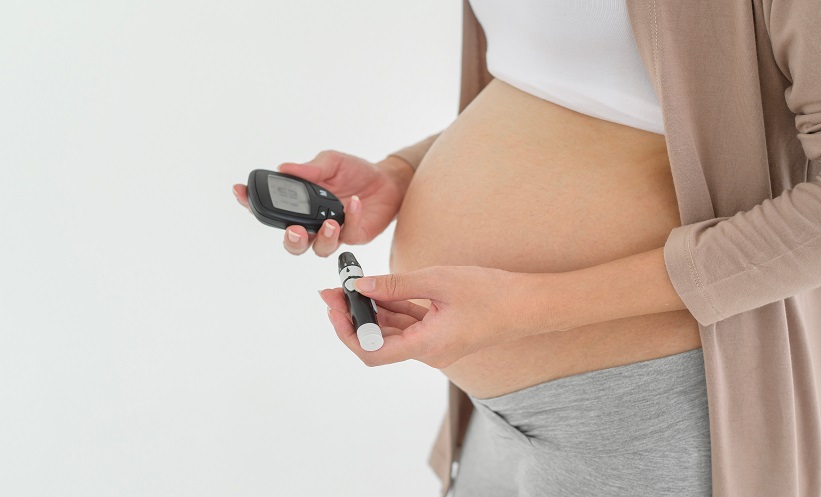RECENT RESEARCH has suggested that the increased risk of developing cardiovascular disease (CVD) in patients with prediabetes is grounds for prescribing aggressive treatment in order to avoid the progression into diabetes. With 84 million adults thought to have prediabetes in the USA, it is estimated that up to 70% of patients progress to develop diabetes, highlighting the clear risk that is increasing globally. Discussion surrounding this growing issue was led by Lori O’Toole, LCO Nursing Consultants, Las Vegas, Nevada, USA, at the American Association of Nurse Practitioners (AANP) meeting, which took place from 21st to 26th June 2022, in Orlando, Florida, USA.
Prediabetes is characterised as a fasting glucose level of 100–124 mg/dL, HbA1c of 5.7–6.4%, or 2-hour oral glucose tolerance test of 140–199 mg/dL. Factors such as poor diet, excess weight, a sedentary lifestyle, and a family history of Type 2 diabetes all contribute to the increased risk of developing prediabetes. O’Toole explained: “The prevalence of prediabetes is increasing worldwide, and it is projected that 470 million people will have prediabetes by 2030. This is an impending tsunami, and it will be very taxing on the healthcare system.”
Unfortunately, many doctors and healthcare professionals do not take prediabetes seriously, despite the very real risk factors associated with the disease. Of an assessment of one million doctor’s appointments with family and internal medicine, it was noted that one-third of patients had prediabetes, yet less than 25% received proper treatment for the condition. With CVD accounting for approximately 80% of deaths among patients with diabetes, it was noted myocardial infarction can also happen in patients with prediabetic HbA1c values. O’Toole remarked: “Once patients become prediabetic, [the risk increase] is a very high curve and it goes up very fast.” Recent data has also identified a correlation between an HbA1c value of 5.5% and an increased risk of diabetes development, and subsequent death from CVD or other diabetic complications.
Guideline recommendations for the management of prediabetes and Type 2 diabetes have been published from The American Association of Clinical Endocrinologists (AACE) and the American College of Endocrinology (ACE). These algorithms include treatments for CVD risk factors, and recommendations for hyperglycaemia treatment and weight loss. The guidelines also outline the use of metformin for prediabetes treatment, and the use of acarbose (an α-glucosidase inhibitor) following a high-carbohydrate meal to delay digestion and reabsorption of sugars. Acarbose may also reduce the risk of CVD.
O’Toole concluded by saying: “Significant physiological, metabolic, and biochemical features are dysregulated in prediabetes. Extensive randomised controlled trials have demonstrated that lifestyle modification can decrease the rate of progression from prediabetes to diabetes in short term. Early detection and intervention is vitally important for prevention of prediabetes progression to diabetes and to help decrease micro- and macrovascular complications.”







